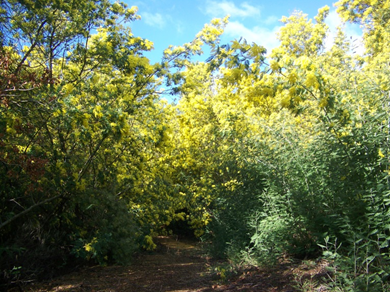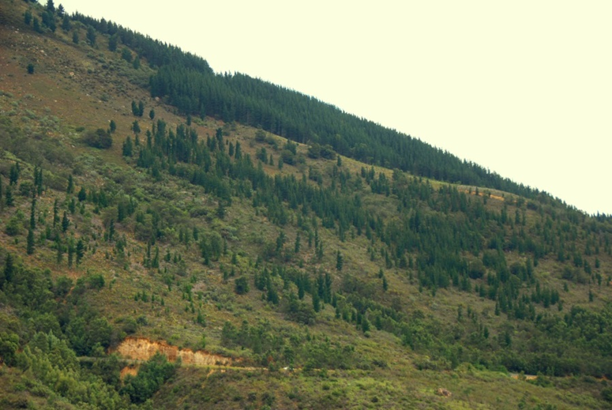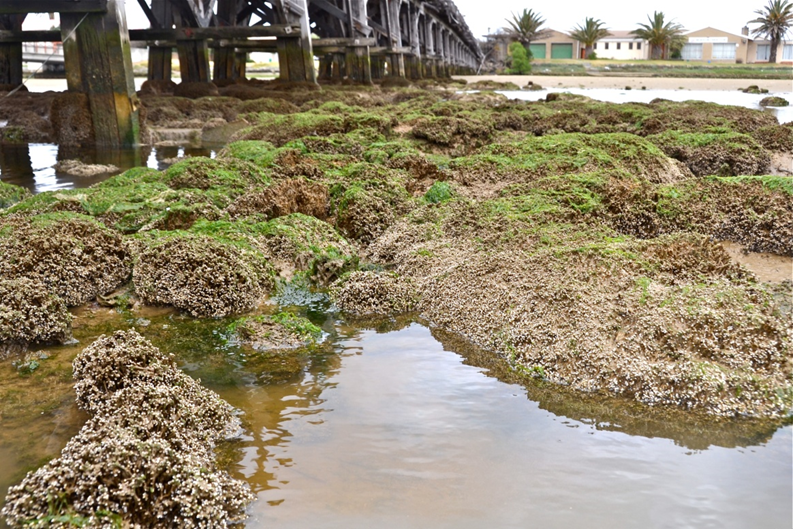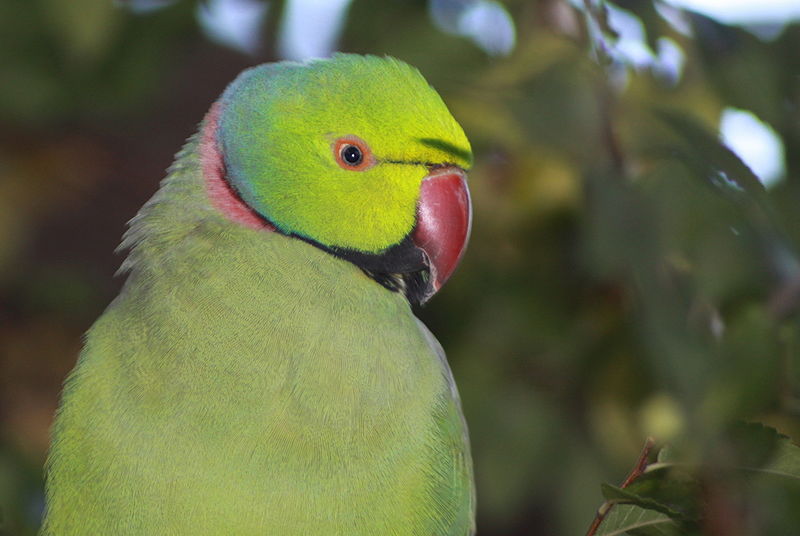Invaders change soil characteristics and functioning to their advantage
When an invasive plant enters a new area, they often change the chemical profile of the soil and bring with them a new set of soil microorganisms. Soil microorganisms play an important role in the functioning of the soil and can be used as direct expression of the impacts of invasive plants on native soils.




